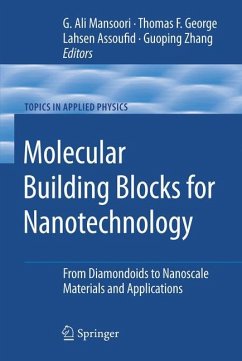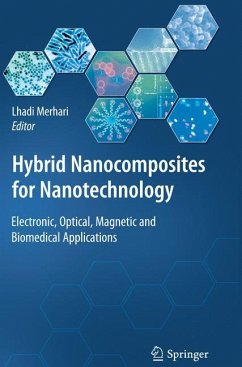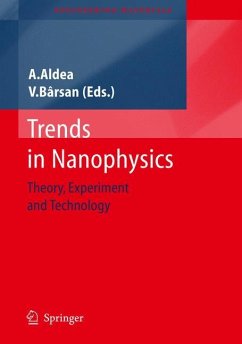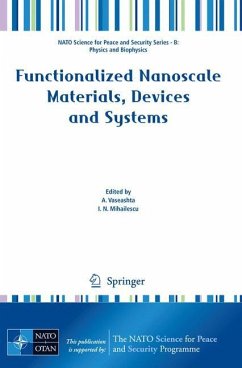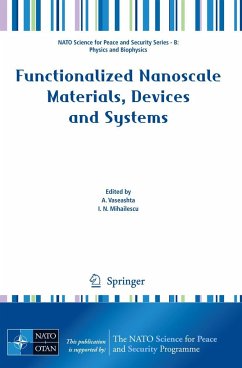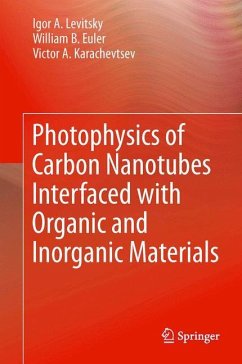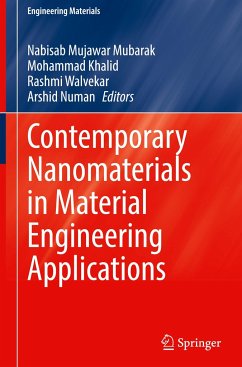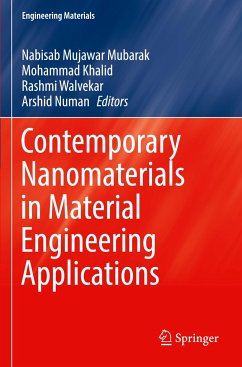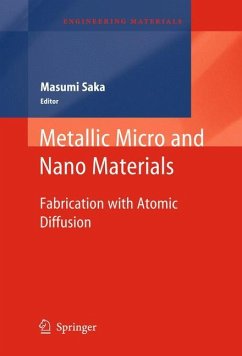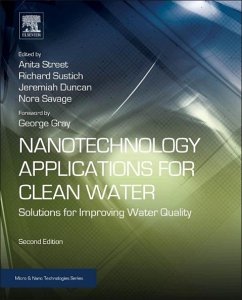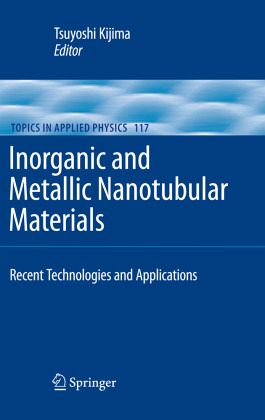
Inorganic and Metallic Nanotubular Materials
Recent Technologies and Applications
Herausgegeben: Kijima, Tsuyoshi
Versandkostenfrei!
Versandfertig in 6-10 Tagen
151,99 €
inkl. MwSt.

PAYBACK Punkte
76 °P sammeln!
This book describes the synthesis, characterization and applications of inorganic and metallic nanotubular materials. It cover a wide variety of nanotubular materials excluding carbon nanotubes, ranging from metal oxides, sulfides and nitrides such as titanium oxide, tungsten sulfide, and boron nitride, as well as platinum and other noble-metals to unique nanotubes consisting of water, graphene or fullerene. Based on their structural and compositional characteristics, these nanotubular materials are of importance for their potential applications in electronic devices, photocatalysts, dye-sensi...
This book describes the synthesis, characterization and applications of inorganic and metallic nanotubular materials. It cover a wide variety of nanotubular materials excluding carbon nanotubes, ranging from metal oxides, sulfides and nitrides such as titanium oxide, tungsten sulfide, and boron nitride, as well as platinum and other noble-metals to unique nanotubes consisting of water, graphene or fullerene. Based on their structural and compositional characteristics, these nanotubular materials are of importance for their potential applications in electronic devices, photocatalysts, dye-sensitized solar cells, nanothermometers, electrodes for fuel cells and batteries, sensors, and reinforcing fillers for plastics, among others. Such materials are also having a great impact on future developments, including renewable-energy sources as well as highly efficient energy-conversion and energy-saving technologies. This book will be of particular interest to experts in the fields ofnanotechnology, material science and inorganic and solid-state chemistry, as well as graduate students in chemistry and physics.





